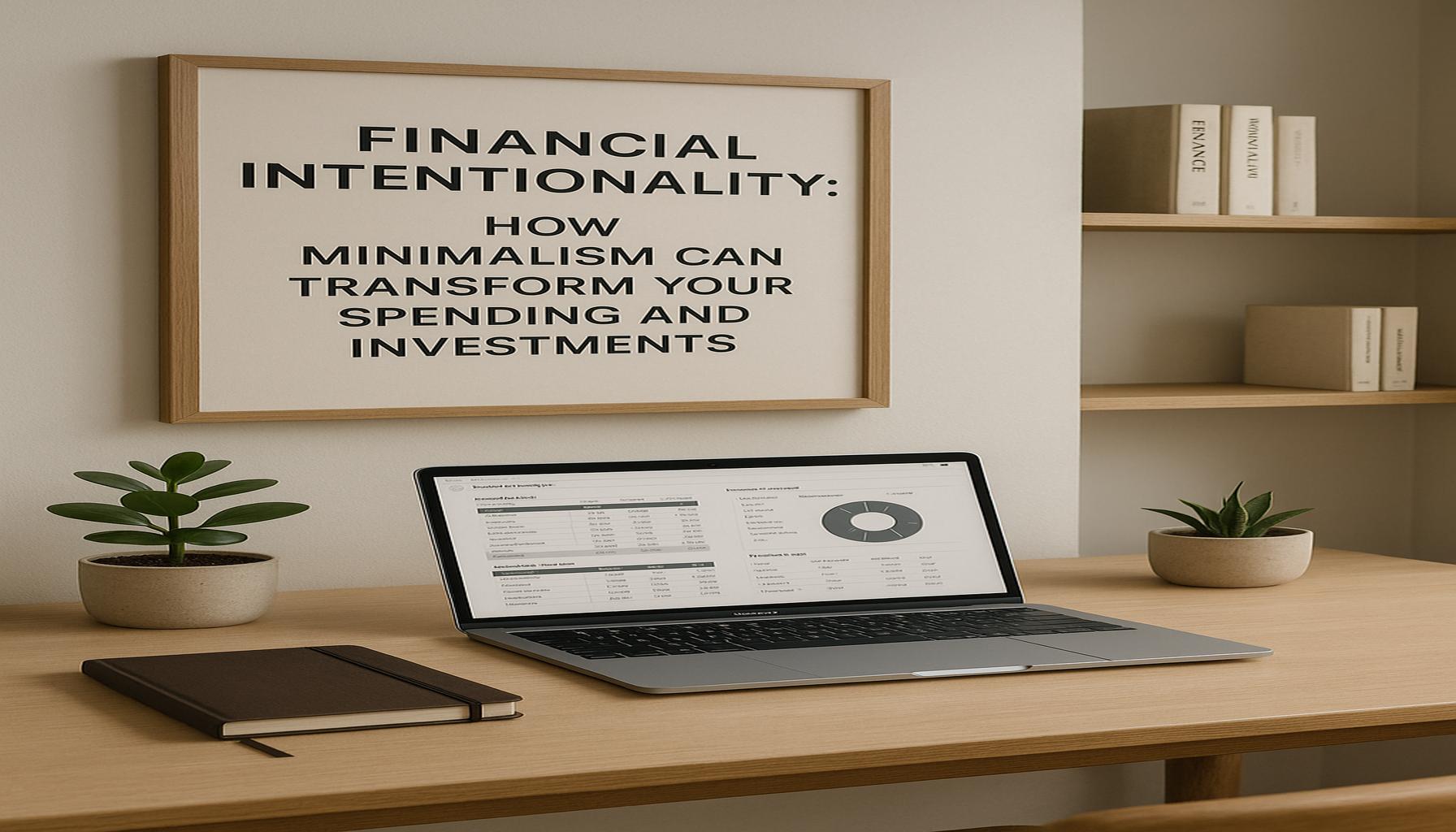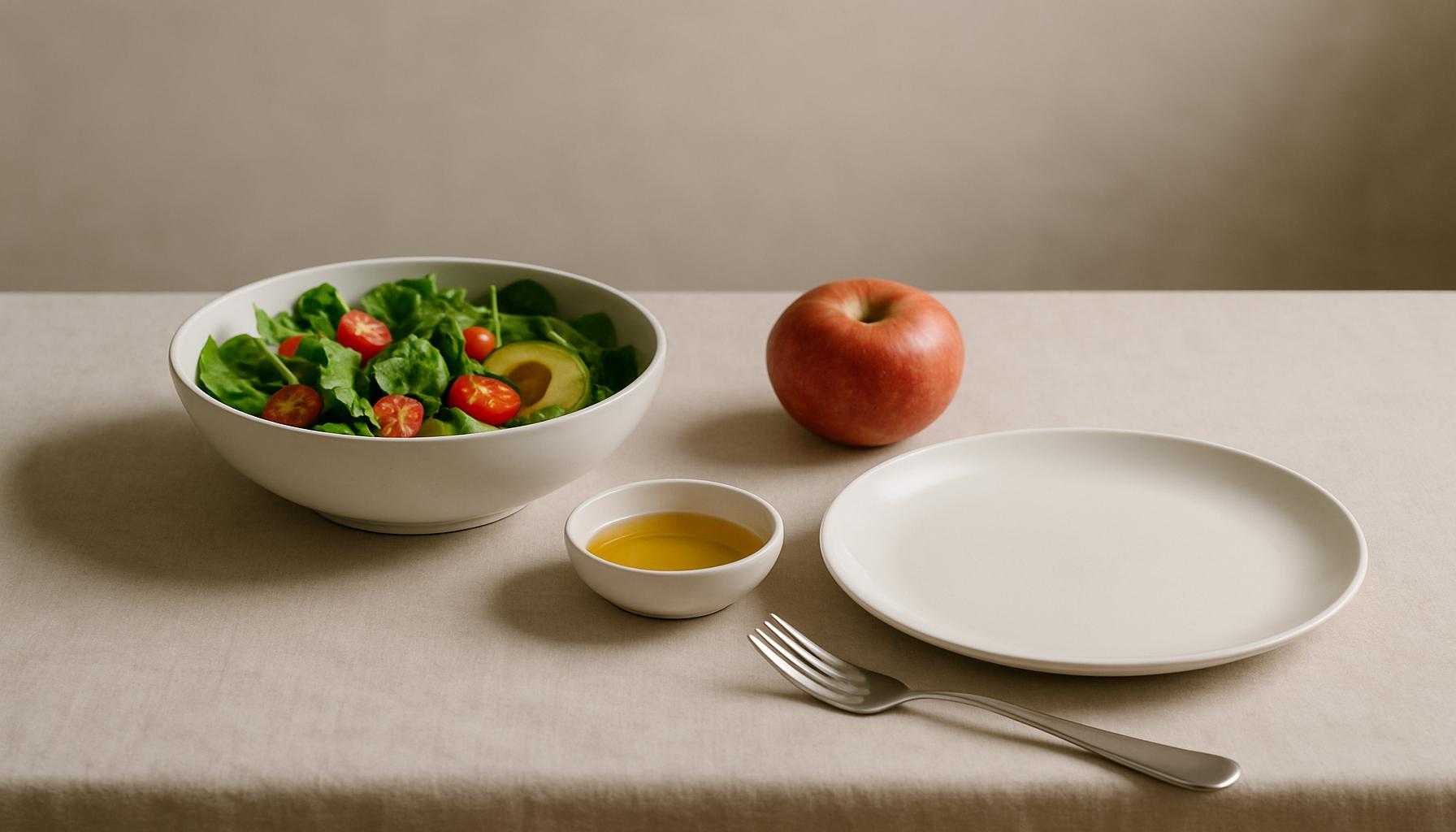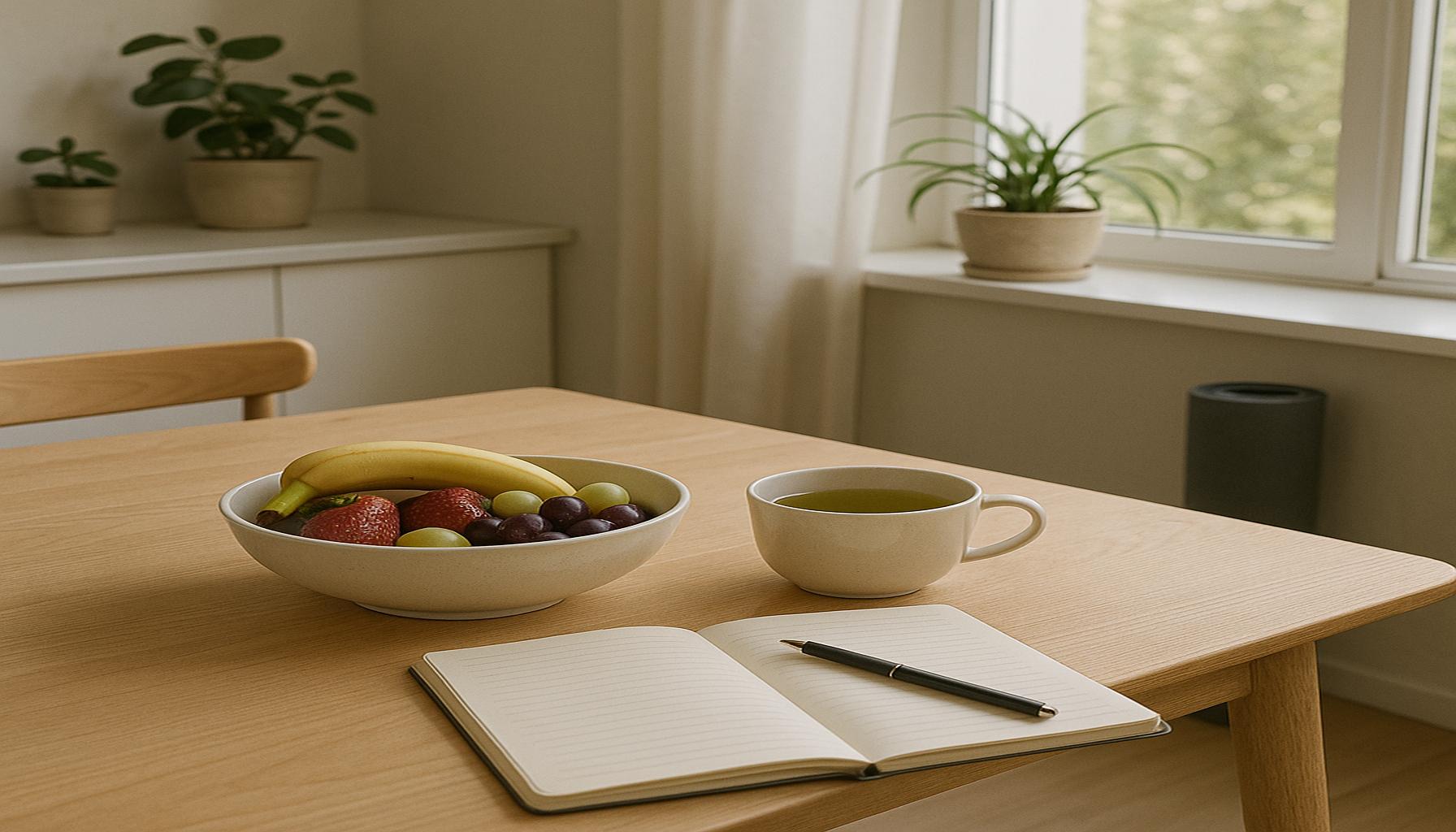Personal Organization with Intentionality: Strategies to Create a Minimalist Environment that Reflects Your Values
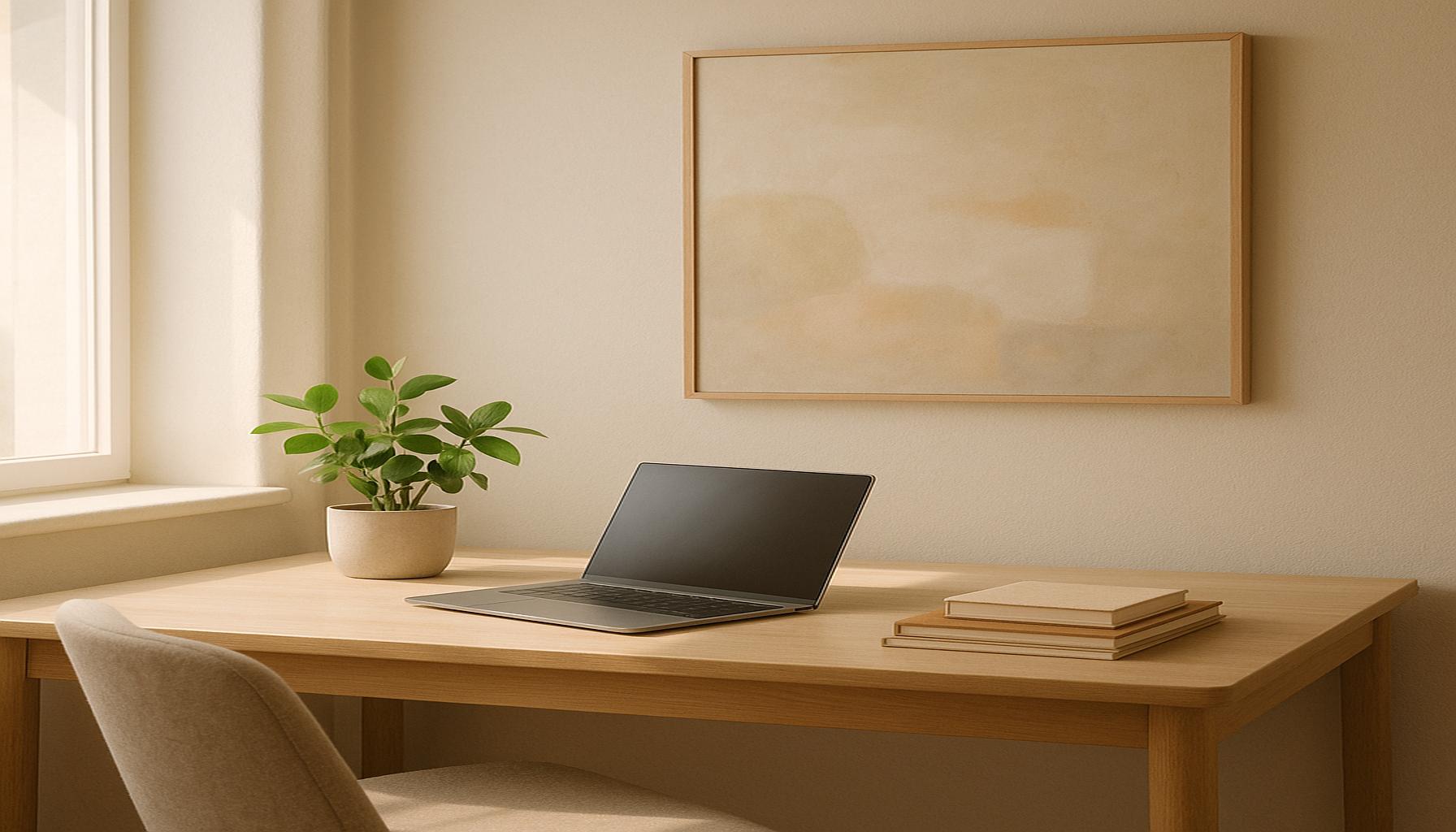
Discovering Intentional Personal Organization
In today’s fast-paced world, achieving a sense of clarity and purpose can feel like an uphill battle. The concept of personal organization with intentionality offers a refreshing approach to this challenge. By curating your environment to reflect your core values, you can foster a space that not only inspires productivity but also evokes serenity.
Here are key aspects to consider when embracing this journey:
- Mindful Decluttering: Letting go of possessions that no longer serve your purpose is vital. Start by evaluating your belongings through a critical lens—ask yourself if each item contributes positively to your life or is merely taking up valuable space. Consider adopting the “one in, one out” rule, where for every new item you bring into your home, you choose one to donate or discard. This practice not only helps maintain order but also instills a greater appreciation for what you own.
- Value Identification: Understanding what truly matters to you will guide your organizational decisions. Take the time to reflect on your values and priorities. What activities bring you joy? Whether it’s spending time with family, pursuing hobbies, or focusing on your career, aligning your organization with these values can enhance satisfaction in your daily life. For example, if family gatherings are essential, design a dedicated space in your home that encourages this—like a cozy dining area with minimal distractions, fostering connection and engagement.
- Functional Design: Create a space that enhances daily routines and promotes efficiency. This involves intentional choices about furniture placement and decorative elements. For instance, setting up a work-from-home station equipped with the necessary tools can significantly improve your productivity. Pay attention to the layout; a well-structured environment can reduce wasted time looking for items or navigating through clutter.
Adopting a minimalist mindset can lead to profound changes in your life. Studies have shown that environments free from excess clutter can significantly influence mental well-being, reducing stress and increasing focus. A clear space often translates to a clear mind, which can enhance creativity and problem-solving abilities. As you delve into this article, you will uncover actionable strategies to craft an intentional living space that mirrors your aspirations.
Join us on this transformative journey, and learn how to design an environment that not only accommodates your lifestyle but also reflects the essence of who you are. Your path to a harmonious and purpose-filled space starts now. By implementing these strategies and embracing a more intentional approach to personal organization, you can create a sanctuary that empowers you to live fully and authentically. Discover the joy of being surrounded by a space that serves your greatest ambitions rather than hinders them. The possibilities are endless, and the journey is yours to navigate.
DIVE DEEPER: Click here to discover more about simplifying your life
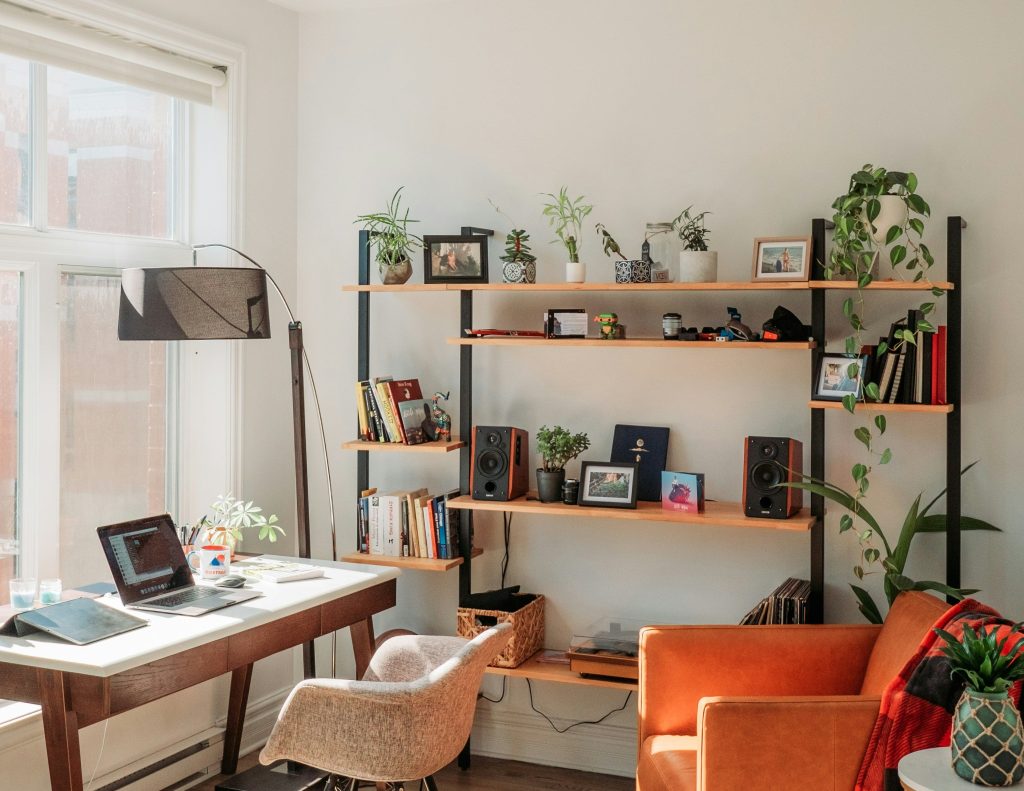
Embracing the Minimalist Mindset
As you embark on the journey of personal organization with intentionality, it is essential to understand the minimalist mindset. This approach emphasizes the significance of prioritizing quality over quantity in both your belongings and your space. Adopting a minimalist ethos does not mean stripping your environment to bare essentials; rather, it’s about curating items that genuinely resonate with your identity and aspirations.
To delve into this philosophy, consider the following strategies that can help you foster a minimalist environment:
- Intentional Purchasing: Before you make a purchase, pause and ask yourself whether it aligns with your core values and enhances your life. This conscious consumption approach encourages you to consider the longevity and necessity of each item. By only acquiring what adds true value, you can significantly reduce the clutter in your life.
- Establish Organizational Systems: Implementing effective organizational systems can streamline your daily routine. For example, designate specific locations for essential items to ensure easy accessibility. Use storage solutions that complement your space—like baskets or bins that fit your aesthetic while keeping things tidy. This level of organization not only brings order but also fosters a sense of control over your environment.
- Digital Decluttering: In our tech-driven world, a minimalist approach should extend beyond physical possessions. Regularly assess your digital environment by clearing out unnecessary files, unsubscribing from irrelevant emails, and organizing your digital devices. A streamlined digital presence can lead to reduced distractions and heightened focus in your personal and professional life.
- Routine Reevaluation: Regularly revisit your personal routines and habits to ensure they align with your values. Identify areas that may feel overwhelming or misaligned, and make adjustments to cultivate a more fulfilling daily experience. This could involve redefining how you allocate your time to activities—focusing on those that uplift and inspire you, ultimately aiding in your journey toward intentional organization.
Research has shown that individuals who embrace minimalism often experience an increase in overall well-being. A minimalist environment can lead to heightened productivity, reduced stress levels, and improved mental clarity. As you work to create a space reflective of your values, keep in mind that this process is ongoing and requires adaptability. It is about creating a living space that positively impacts your everyday life and reinforces who you are at your core.
By harnessing these strategies, you will not only simplify your surroundings but also cultivate a place that inspires creativity and meets your needs. In an age characterized by rapid consumerism and constant distractions, the pursuit of a minimalist lifestyle can be your key to finding balance and fulfillment.
| Advantage | Details |
|---|---|
| Clarity in Life Choices | A minimalist environment allows for a clearer understanding of your priorities and values. It serves to declutter not just your physical space, but also your mental space, leading to focused decision-making. |
| Enhanced Creativity | With fewer distractions, your mind can explore ideas more freely. An intentional minimalist approach nourishes creativity, enabling you to engage deeply with your passions and projects. |
In the journey of personal organization with intentionality, embracing minimalism means selecting well and prioritizing what truly matters to you. The systemic stripping away of excess not only creates a peaceful environment but also fosters a system of living that aligns with your core beliefs and aspirations. Each decision to retain or let go becomes a reaffirmation of your values.Engaging with this methodology encourages a meaningful assessment of your possessions and habits. As you curate your space, every item can emerge as a representation of your identity—echoing your goals, interests, and the emotional connections that you wish to cultivate. This reflection can lead to profound changes in both mental clarity and personal fulfillment.
DISCOVER MORE: Click here for practical decluttering tips
Cultivating Spaces that Reflect Your Values
Once you understand the minimalist mindset, the next step is to transform your physical environment into a sanctuary that mirrors your core values. The space you inhabit should be more than just functional; it should evoke feelings and inspiration aligned with who you are and what you aspire to be. Here are some actionable strategies to help you cultivate a minimalist space that truly reflects your values:
- Define Your Priorities: Begin by identifying what truly matters to you. Create a list of your top five priorities, whether they are family, career, wellness, creativity, or sustainability. As you arrange or modify your space, incorporate elements that reinforce these priorities. For instance, if wellness is paramount, integrate a corner dedicated to relaxation, such as a meditation space or a mini garden filled with plants that promote air quality and tranquility.
- Personalized Decor: Minimalism often gets misinterpreted as bland or sterile. To counter this perception, curate decor that tells your story. Choose artwork, photographs, or handmade objects that resonate with your history and values. Each piece should serve a double purpose: to beautify your environment and evoke important memories or aspirations. This approach fosters a sense of belonging and connection to your space.
- Space Optimization: An essential aspect of minimalism is making the most of available space. Consider multifunctional furniture that serves dual purposes, such as a sofa bed or an ottoman with storage. By utilizing space wisely, you create a less cluttered environment that not only looks appealing but also operates more efficiently. This is particularly beneficial in urban settings where square footage may be limited.
- Regular Review and Refresh: Minimalism is not a one-time project; it’s an ongoing commitment. Plan regular intervals to assess your belongings and the layout of your space. Seasonal reviews can provide an opportunity to refresh your environment, allowing for new decor or adjustments that reflect evolving values. This practice keeps your space dynamic and responsive to your lifestyle needs.
- Incorporate Nature: Biophilic design, a concept that emphasizes the connection between humans and nature, can be a transformative component of a minimalist environment. Integrating elements like natural light, houseplants, or organic materials can elevate your space while promoting well-being. Studies have shown that proximity to nature reduces stress and enhances mood, reinforcing the idea that a minimalist setting can be both serene and nurturing.
As you implement these strategies, remember that the journey towards personal organization with intentionality is uniquely your own. The goal is to create a space that not only facilitates day-to-day living but also inspires growth and contentment. By transitioning your environment into one that highlights your values, you empower yourself to live more authentically and intentionally.
Creating a minimalist environment isn’t merely about decluttering; it involves thoughtful design choices that articulate your values. Initially adopting this approach may seem challenging, but the long-term benefits—such as improved focus, increased satisfaction, and a sense of peace—make it a worthwhile endeavor. As you progress, remain open-minded and flexible, adjusting your strategies and environment to suit the evolving nature of your life.
DISCOVER: Click here to dive into minimalism
Conclusion
In conclusion, personal organization with intentionality serves as a guiding principle in crafting a minimalist environment that captures your essence and values. Through thoughtful strategies such as defining priorities, personalizing decor, optimizing space, regularly reviewing your belongings, and embracing nature, you can create a living space that feels not only functional but also profoundly personal. Each element within your environment should resonate with your core beliefs, turning your home into a sanctuary that inspires and nurtures.
Furthermore, this journey toward minimalism is an evolving one. As your life changes and your values shift, your surroundings should adapt accordingly. Embracing a minimalist lifestyle doesn’t merely mean stripping away excess; it also involves a deeper understanding of your relationship with your possessions and surroundings. The positive impacts are far-reaching, leading to improved focus, greater satisfaction, and a sense of tranquility in daily life.
As you explore these concepts, remain curious and open to new ideas that might enhance your organizational practices. The quest for a minimalist environment is, at its heart, a pursuit of clarity and purpose. By creating spaces that reflect your values, you empower yourself to live more authentically, enhancing both your physical surroundings and your mental well-being. Let this be an invitation to delve deeper into the minimalist journey, discovering new layers of intentionality along the way.
